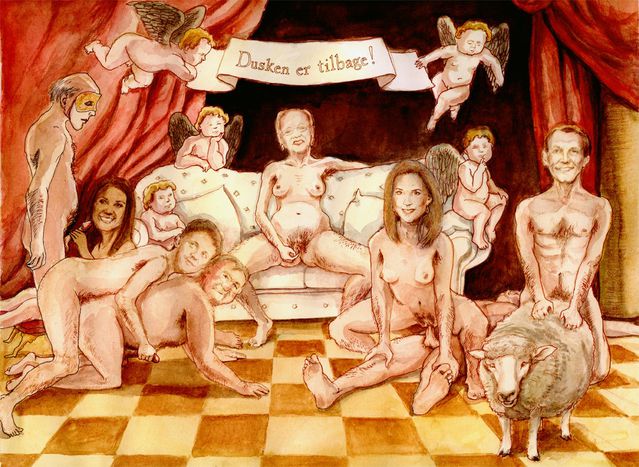
Swastika, teen sex, graffiti: Europe's censored art (8 images)
Published on
Translation by:
 Ems_8674
Ems_8674
Around Europe exhibitions are regularly cancelled for reasons that go beyond artistic conception and fall into the domain of political correctness. Examples from museums, galleries and even the transport underground around Europe
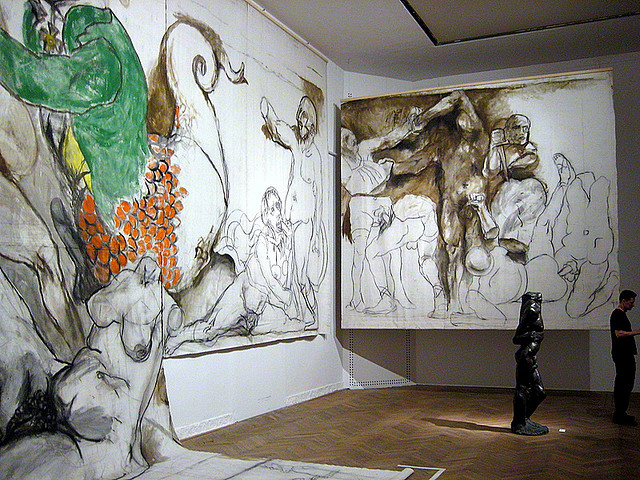
In April 2009, an exhibition at the museum of Saint Stephen’s Cathedral in Vienna got many a priest’s cassock in a twist. Entitled Religion, Pulpits and Power, it celebrates the eightieth birthday of Austrian artist Alfred Hrdlicka. The artist shocks viewers with depictions of a soldier flogging Jesus on the cross whilst squeezing his genitals in his hand, as well as the apostles caught masturbating. Under pressure from American fundamentalist groups and critics, the cardinal of Vienna removed the scene from the exhibition. The public will have to go without (Image: © brandwerk/ Flickr)
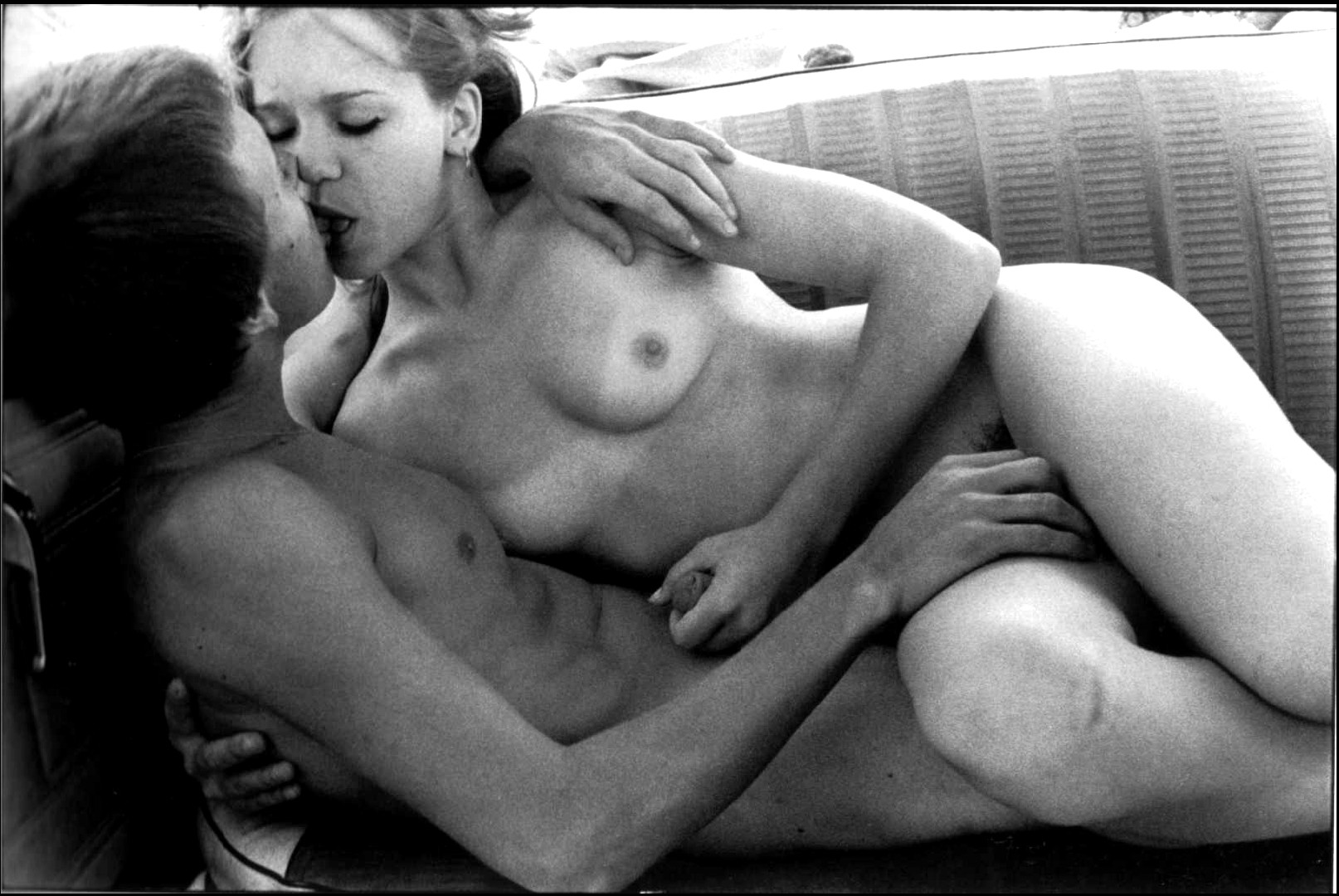
It’s the issue everyone has been talking about since the start of the school year. While teenagers have been shocking the oldies by going out into the street to protest for their right to a decent retirement, American artist Larry Clark is adding to it all at the museum of modern art in Paris. In Kiss the Past Hello he displays explicit photos of adolescents discovering Eros and the hero. Paris city council has decided to deny access to the exhibition to under eighteens. ‘In the name of the law and morals, Larry Clark should not be seen by those whom he is addressing,’ emphasises newspaper Libération, publishing this photo on its front page (Image: © courtesy of Larry Clark/Musée d'art moderne de Paris)
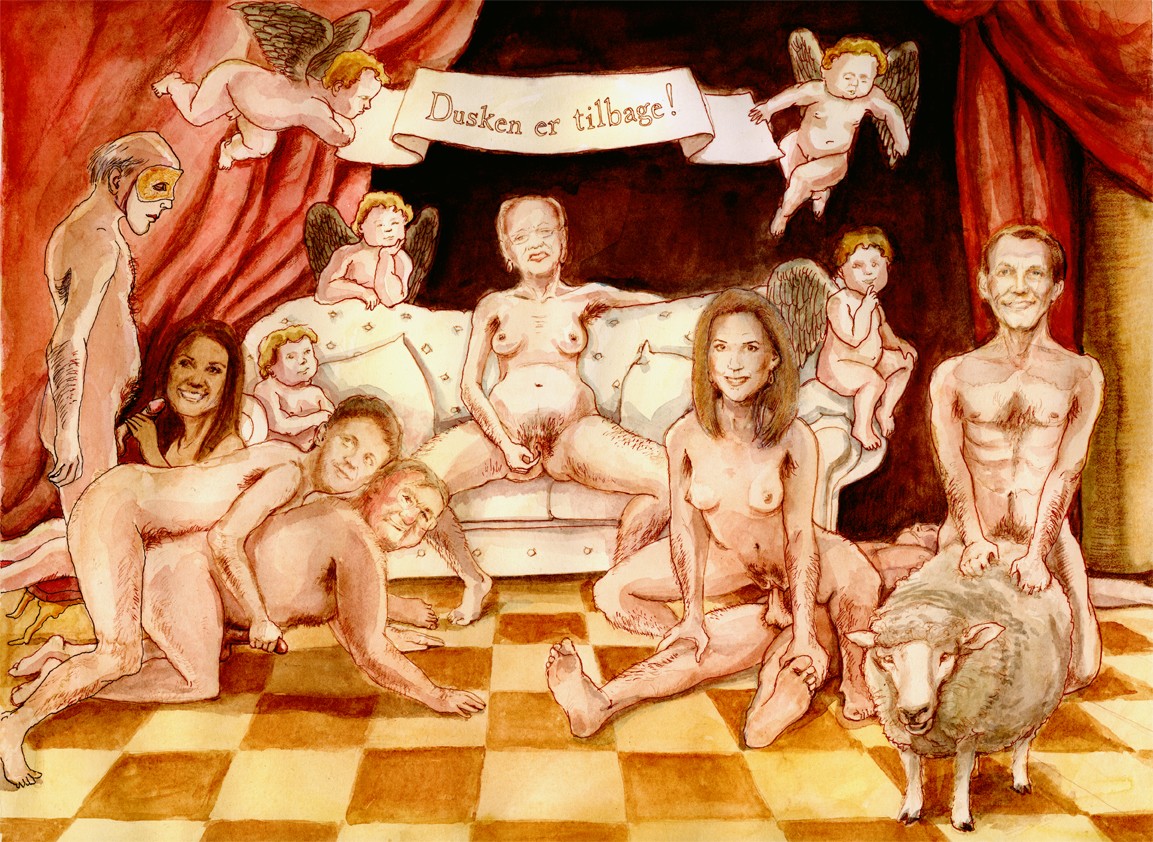
This time they’ve gone too far. The artist duo Surrend, who called the Kaaba in Mecca a ‘stupid rock’ in an exhibition in Berlin in 2008, have done it again. This time ‘The Muff is Back’ in a caricature of the royal family having an orgy. The picture was supposed to be exhibited at the Danish Poster Museum in Aarhus from 13 October, but the museum cancelled the show. Although the press came to their defence over their previous shocking pieces, this time Jan Egesborg and Pia Bertelsen were let down by the daily newspaper Jyllands-Posten, which had published their caricatures of the prophet Mohammed in 2005 (Image: courtesy of the Galerie für Komische Kunst" in Kassel/ Surrend)
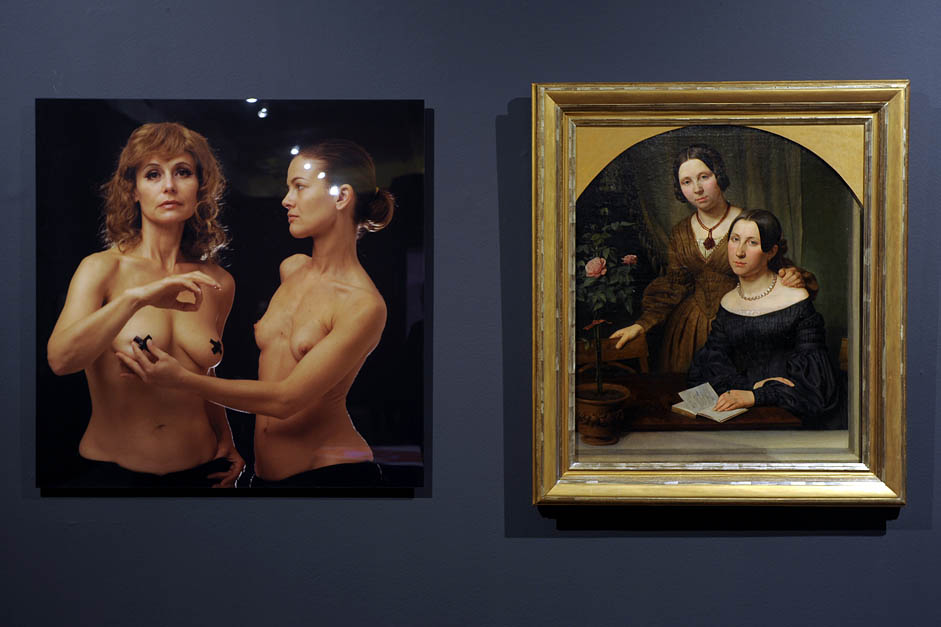
The Ars Homo Erotica exhibition, donated to the national museum in Warsaw, is dedicated to homosexual erotic art. It was a bold move in a country where the acceptance of homosexuality is still a matter of debate. The exhibition went ahead but it’s very risky, and museum director Piotr Piotrowski resigned on 17 October See more images from this exhibition (Image: © Ezequiel Scagnetti)

In England, the fight against visual abominations continues even down in the tube stations. That’s why transport for London (TFL) decided to censure even the seemingly least offensive of posters. In February 2010, the cover of Massive Attack’s latest album looked like graffiti, and so was taken down. This article reports on the same topic: one Gay Times poster celebrating the fortieth anniversary of the decriminalisation of homosexuality was banned for being too sexual, although it seemed very moderate. Even a sixteenth century painting depicting the goddess Venus naked by German artist Cranach, which announced an exhibition at London’s Royal Academy of Art, was deemed ‘shocking’ by the transport company two years earlier. They pride themselves on having only rejected 41 of over 10, 000 proposed posters in 2009 (Image: left, Cranach (cc) alarcowa/Flickr; right, Massive Attack album cover for Heligoland)
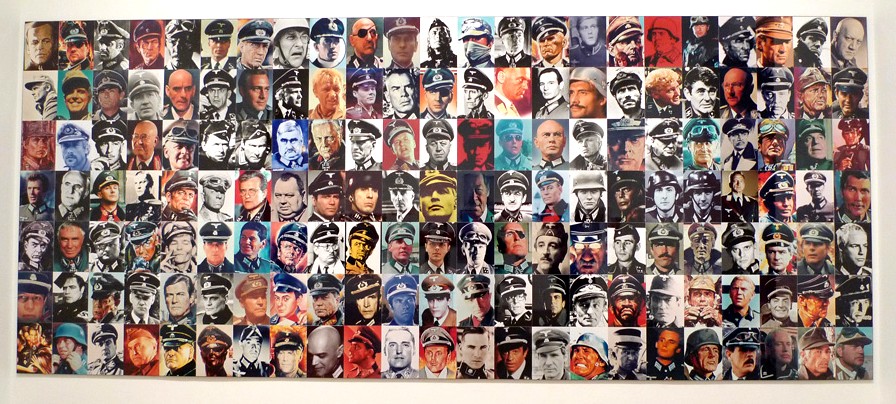
The Nazis exhibition by artist Piotr Uklański offers the public 164 photographs of actors who at one stage in their careers dressed as nazis in films. Unlike Germany, where Adolf Hitler is now free to adorn museums, this exhibition at the Zacheta Gallery in Warsaw did not go down well with at least one person. In November 2000, armed with the sword with which he fought in the historic saga, Polish actor Daniel Olbrychski (who makes an appearance in the 2010 Angelina Jolie vehicle Salt) tore down a photograph of himself and three of his colleagues. Courageously, the minister for culture closed the exhibition (Image: © Chris_Carter_/ Flickr)
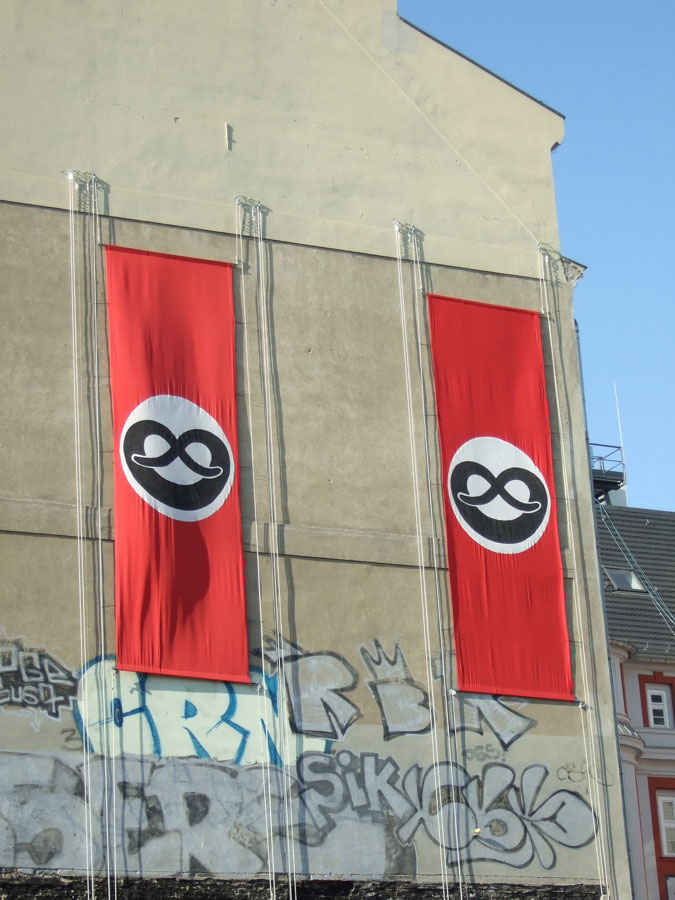
To commemorate the 70th aniversary of the Battle of Britain and the role of the village of Cawthorne in it, the Victoria jubilee museum proudly hung a nazi flag which was taken from the Olympic stadium in Berlin in 1945 and donated to the museum. How horrific. Visitors were up in arms and the flag was covered up in early October 2010. The day before at the museum in Barnsley, South Yorkshire, a swastika was covered with the Union Jack after complaints from ‘oversensitive viewers’ (Image: (cc) Admiralspalast Berlin/ Flickr)
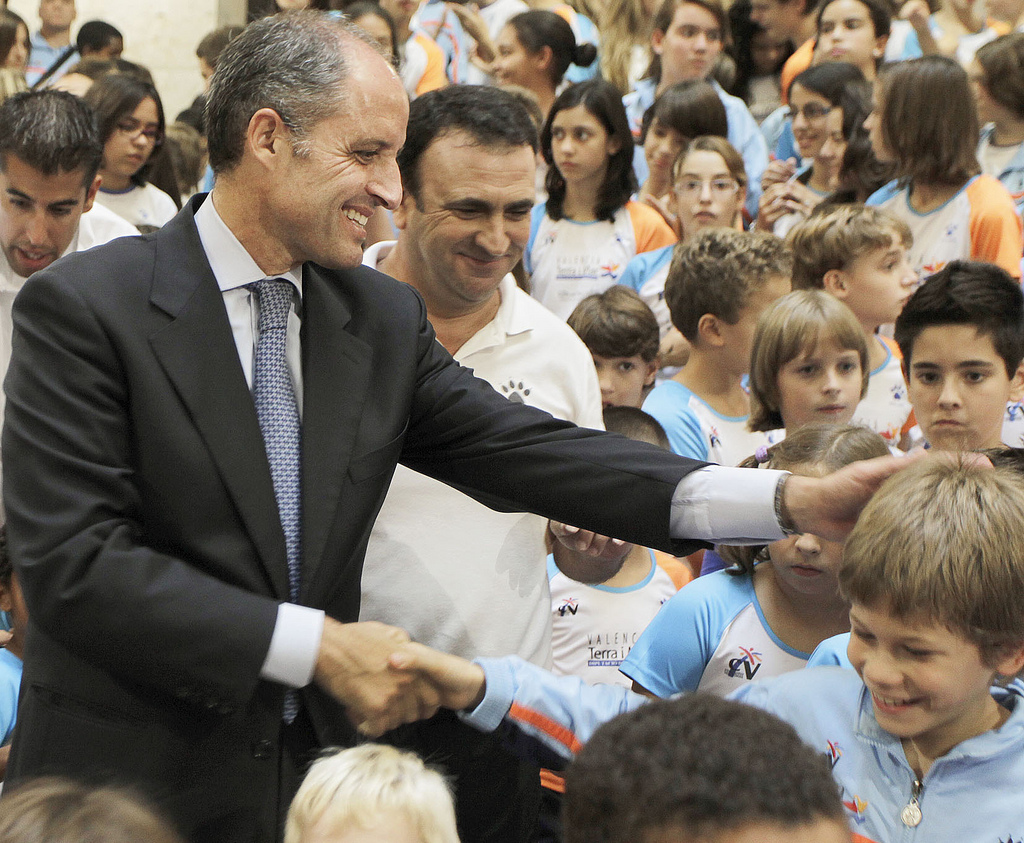
In Spain, hanging images of political corruption in a museum is truly a sin. 'Fragments of a Year' (Fragmentos de un año) brought together 91 photographs about major events in 2009. Ten political shots at the museum of illustration and modernity (MuVIM), including some on the Gürtel case, a corruption scandal judged over by the highly mediatised Baltasar Garzon. Pictured, Valencian president Francisco Camps and chief suspect, as well as other members of the PP (Partido Popular), the Spanish conservative party (Image: © gvaFranciscoCamps/ Flickr)
Translated from Swastika, sexe, corruption : les tabous européens censurés par les musées (8 images)


